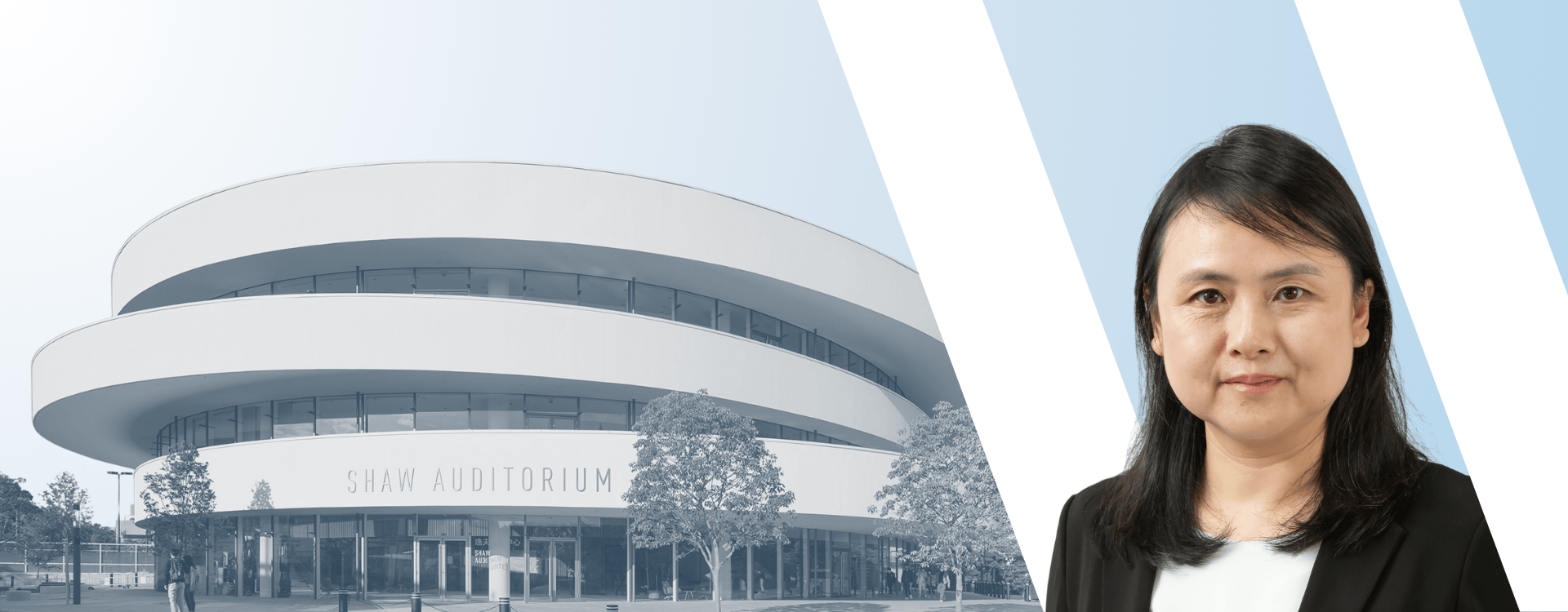How did you become an architectural engineer?
I was good at maths and physics at school so chose to study engineering and science at university. China, where I grew up, was enjoying a construction boom at the time, with new buildings and infrastructure everywhere, so it seemed like a good industry to work in.
I focused on studying heating, ventilation and air conditioning (HVAC) systems as I liked the idea of creating comfortable environments for people. After completing my undergraduate degree and Masters in China I moved to the US and gained a PhD in Architectural Engineering. The course combined lots of different engineering disciplines and focused on high performance buildings, so it was the perfect fit for me.
Can you explain more about your early career and how you joined WSP?
I began my career as a research engineer at one of the United States Department of Energy national laboratories. I worked with the building energy systems group to develop energy efficiency technology, as well as national energy conservation policies, standards and codes for HVAC equipment – in collaboration with government agencies and industry. One achievement I’m particularly proud of is helping to develop ASHRAE 90.1 – the energy efficiency standard for commercial buildings in the US. It’s great knowing I’ve made a lasting impact at a national level.
After having worked for three years in the US, I moved back to China with my husband so we could both be nearer our families. The construction industry was still booming so there were plenty of opportunities for engineers. I joined WSP in 2008 because I wanted to work for a global company and was asked to set up and lead a new sustainability team in Hong Kong. It was a big change moving from research to consulting, but I was ready for the challenge and I’m grateful for the trust WSP had in me.
What does your current role involve?
I'm Technical Director for the Building Sustainability team in Hong Kong. We provide a range of professional services to help our clients design and build more sustainably. From helping formulate a project’s sustainability goals and achieve certifications such as LEED, to using state-of-the-art modelling tools to help our MEP engineers optimize their designs and improve the performance of HVAC systems.
We work with architects, developers and contractors on a diverse variety of residential and commercial projects, from single spaces to large districts.
What are the biggest challenges and opportunities when it comes to building sustainably?
Over the last 15 years, I’ve seen a big shift in the way people think about sustainability. In Hong Kong, the government is really pushing the net zero agenda and leading by example – with all government buildings needing to achieve the second highest rating for green building certification as a mandatory minimum. They have also introduced financial incentives to drive higher sustainability.
However, outside the public sector, some developers concerned about the upfront investment still think of building sustainably as more expensive. It’s our job to help them consider the whole life cycle of a building and understand the financial benefits. The process of decarbonization is about using less materials and energy, which can save clients money. Alongside that, sustainable buildings can help to improve occupants’ health and wellbeing, increasing productivity in workplaces for example. We have the technology, but we still need to change the status quo. I’m a member of WSP’s global net zero working group and it’s interesting to hear how decarbonization is progressing in other countries and how this region compares.









